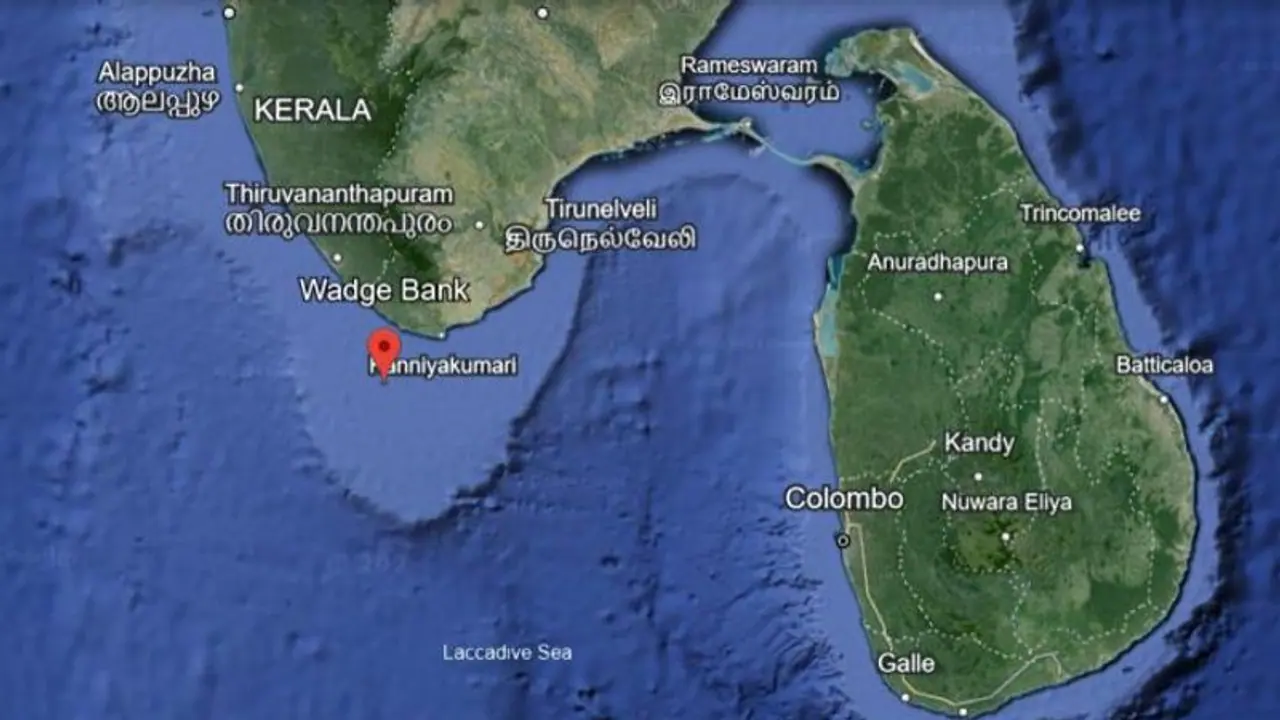In 1974, both nations inked a pact aimed at delineating the boundary line from Palk Strait to Adam's Bridge in the waters and resolving associated issues fairly and equitably. Subsequently, in 1976, they further solidified their commitment by reaching an agreement to expand this maritime boundary to encompass the Gulf of Mannar and the Bay of Bengal.
The 2024 Lok Sabha Election campaign in Tamil Nadu has once again cast a spotlight on the contentious Katchatheevu Island issue. Prime Minister Narendra Modi, Foreign Minister S Jaishankar and the Bharatiya Janata Party leadership have in the last few days used the Katchatheevu island to target the Congress and Dravida Munnetra Kazhagam in Tamil Nadu, accusing them of ceding India's territory to Sri Lanka in 1974.

Reacting to certain media reports on the events of 1974, PM Modi slammed the Congress party saying, “Eye-opening and startling! New facts reveal how Congress callously gave away Katchatheevu.” The media reports were based on the Right to Information (RTI) response received by the BJP’s Tamil Nadu chief, K Annamalai. The document quoted India’s first prime minister, Jawaharlal Nehru, as saying that he attached "no importance at all to (Katchatheevu)" and that he "would have no hesitation in giving up (India's) claims to it.”
In 1974, when Indira Gandhi was the prime minister, India and Sri Lanka inked an agreement to end the dispute, giving the latter rights over the island. Let us dig deeper and understand why India gave up its claim over the Katchatheevu islet.
In 1974, the two countries signed a pact to determine the boundary line in the waters from Palk Strait to Adam's Bridge, and to settle the related matters in a fair and equitable manner. Two years later in 1976, they again concluded an agreement to extend that maritime boundary in the Gulf of Mannar and the Bay of Bengal.
As per the India-Sri Lanka Maritime Boundary Treaty 1976, New Delhi gave up its claims over Katchatheevu island while Colombo recognized India’s sovereign rights in the Wadge Bank near Kanyakumari. Wadge Bank is located to the South of Cape Comorin and lies outside the territorial waters of India. The Bank shelves gradually up to 200 metres in depth with its most extensive flattening in an East-West direction between the 50 metres and 100 metres contours. The sea-bed consists of sand and shells and is rocky in places. Considered the richest fisheries resource, it is home to over 60 species of ornamental fish and other oceanic animals.
In connection with Wadge Bank, in a letter to his Sri Lankan counterpart WT Jayasinghe, India’s foreign secretary Kewal Singh wrote: "… The understanding between the two governments in respect of fishing in the Wadge Bank has been reached. The Wadge Bank which is located near Cape Comorin … lies within the exclusive economic zone of India, and India shall have sovereign rights over the area and its resources.”
"The fishing vessels of Sri Lanka and persons on board these vessels shall not engage in fishing in the Wadge Bank. However, at the request of the government of Sri Lanka and as a gesture of goodwill, the Government of India agrees that Sri Lanka fishing vessels duly licensed by the Government of India may engage in fishing in the Wadge Bank for a period of three years from the date of establishment by India of its exclusive economic zone," Kewal Singh letter read.
“It is agreed that the number of Sri Lanka fishing vessels shall not exceed six, and their fish catch in the Wadge Bank shall not exceed 2,000 tonnes, in any one year. At the expiry of this period, Sri Lanka vessels shall cease to fish in the Wadge Bank," his letter read.
Among other understandings between them, India can explore the Wadge Bank for petroleum and other mineral resources after notifying the Sri Lankan government about the zones reserved for such exploration and the date of commencement of exploration. In that case, the Sri Lankan fishing vessels would have to terminate fishing activity, with effect from the date of commencement of exploration.
On the same day, March 23, 1976, Kewal Singh’s Sri Lankan counterpart honoured the understandings that were reached between both sides.
